Table of Contents
Introduction: Why Yosemite Valley, California, Captures the World’s Imagination
In the heart of the Yosemite National Park is the wonder spot, Yosemite Valley, California, which is well known as the jewel of the American wilderness, and why not? The granite cliffs, rocky waterfalls, old sequoia tree groves, and silent meadows form an amazing scenery of the best of nature. It is a valley in the US that happens to be a UNESCO World Heritage Site, which has been captured by Ansel Adams in glorious photographs and, by the way, inspired millions of people, artists, and adventurers in the past 100 years.

The most beautiful part of the Yosemite Valley of California is the theatrical landscape in a small space and which can be explored on foot to visit. You would be seeing world-famous places like El Capitan, Half Dome, and Yosemite Falls, and also, that too in a very small region. Painted in the rays of the golden sun, or inspired by the morning haze, this valley varies with the seasons and gives some kind of magic depending on the season of the year.
This last travel guide will be:
- Enthusiasts of nature, who want to immerse themselves in the uncorrupted wilderness
- The individuals who are always in search of adventures and ready to walk, climb, or capture photographs over everything, which keeps on exploring the valley endlessly, are the people in the current case.
Being a seasoned or a novice traveler, Yosemite Valley in California will surely make the person have something he/she had never expected to see before: one of the most unbelievably beautiful natural phenomena on the planet.
Where Is Yosemite Valley, California?
A major feature in the Massif of the Sierra Nevada mountain range of mountains is the Yosemite Valley, Yosemite, California, on the western side of the Yosemite National Park, constituting the Sierra Nevada Hills middle of the people in California. It is one of the well-known valleys spanning 7 miles in length and a mile wide, which is cut by glaciers with very stunning formations of granite domes and cliffs. It is located in the south of San Francisco, and 140 miles is its distance to San Francisco is Los Angeles is about 280 miles.
Map and Exact Location
The Yosemite Valley is the most visited tourist destination around the western entrance to the Yosemite National Park. The most recognizable objects, Half Dome, El Capitan, and Yosemite Falls, will be in this stage in the very valley, which is why the latter one can be considered the most appropriate starting point in the case of coming to Yosemite National Park once.
How It Differs from the Greater Yosemite Region
More than 1100 square miles in area constitute the Yosemite National Park, with the Yosemite Valley being a percentage of land only by 1 percent. The majority of the touristy fascinations lie in the valley; however, it is a subset of the bigger area, which also comprises such high country destinations as Tuolumne Meadows, Mariposa Grove of Giant Sequoias, Hetch Hetchy, and backcountry wilderness. Valley is the best place to be because every once in a while, you want to have something frequented and accessible, and the rest is the park that is ideal when you want to go off and on your own and have a good adventure.
Best Times to Visit Based on Weather, Crowds, and Experiences
- April to June ( Spring ) is the ideal time to see roaring waterfalls and fewer people.
- Summer (July to August): Open to visit most frequently, as well as busiest in August- book early
- Fall (September, October); blower winds, chained armies, and hued foliage
- Winter (November to March): Snowy, lovely, and quiet, though a fraction of the roads and paths are close.
Getting to Yosemite Valley, California: Travel Tips and Entry Routes
Closest Airports and Driving Directions
- Fresno Yosemite International (FAT) – ~2.5 hours away
- San Francisco International (SFO) – ~4 hours
- Sacramento (SMF) – ~4 hours
- Reno-Tahoe (RNO) – ~5 hours via Tioga Pass (seasonal)
From major cities:
- San Francisco: take I-580 and I-205, and then take Highway 120, passing the Big Oak Flat Entrance
- Los Angeles: I-5 Highway 99, Highway 41 all the way to Oakhurst
- Las Vegas To Highway 120 through Tioga Pass (summer only), Highway 95
Park Entrance Details, Fees, and Permits
- Admission Fee: 35.0 dollars per car (7 days)
- Anniversary pass: America the Beautiful Pass- 80/year
- Timed Entry Permits: Required on a few of the peak dates; book on Recreation.gov
Arrive at the entry gates before 8 AM or after 4 PM to save the time spent in long queues
Check Out: Barun Valley Nepal: An Epic Journey Through Nature’s Untouched Masterpiece.
Top Attractions in Yosemite Valley, California You Can’t Miss
El Capitan
More than 3,000 feet above the valley floor, the giant wall of granite is a legendary climbing spot. It is the most panoramic experience, and even the sight of the climbers up the rock can be enjoyed at El Capitan Meadow.
Half Dome
A magnificent granite dome, which is an attraction site for both hikers and photographers. A permit is required to do one of the most well-known hikes in the U.S., which is called the Half Dome Hike. To enjoy easy views, take it at Sentinel Bridge or Glacier Point.
Yosemite Falls
It is one of the largest waterfalls in North America, which measures up to 2,400 feet above sea level. It is advisable to visit it in spring. Take the Lower Yosemite Fall Trail to get it easily, or hike to the top, though you are mad enough.
Tunnel View
A beautiful place, which should be visited because it offers the unmatched view of Half Dome, El Capitan, and the Bridalveil Fall. The most dramatic lighting is done at sunset or sunrise to visit.
Other Must-Sees
- Bridalveil Fall: This falls is misted at the entrance to the valley through a short and steep trail
- Glacier Point: offers marvelous views of Half Dome and Yosemite Valley (seasonally open)
- Valley view: peaceful place by the Merced River with Philippines postcard-worthy positions
- Sentinel Bridge: It is a perfect one to cover a view of Half Dome in the water reflection
Best Hikes in Yosemite Valley, California for Every Skill Level

Yosemite Valley, California has walking trails of all fitness and age levels, such as short scenic walks to a day out trip to the highest point with an astonishing view.
Easy Hikes
- Lower Yosemite Fall Trail (1 mile loop): paved rut rut-free trail with views of the lower section of the falls in Yosemite. Best to visit in spring when there is a lot of water.
- Cook’s Meadow Loop (1 mile): A relaxing walk through a picturesque meadow with sweeping views of Half Dome, Yosemite Falls, and Sentinel Rock.
Moderate Hikes
- Vernal Fall Via The Mist Trans (2.4 miles): This is considered the most noted trail in Yosemite. You are supposed to get wet as you climb stone stairs near a tumbling waterfall.
- Mirror Lake Trail (2.5 miles round trip ): A peaceful hiking trail leading to a reflecting, alpine lake situated in the heart of the Half Dome and offering a good morning stroll as well as a photography-friendly panorama.
Challenging Hikes
- Half Dome by Mist / Subdome Trail (14-16 miles round trip): A Permit and the ability to deal with heights are required. This is not an easy climb, and that is why they have put cables to assist in the final bit. Only properly prepared hikers with strictness.
- Four Mile Trail to Glacier Point (9.6 miles round trip): Here I come, following switchback after switchback of the scenic splendor of the valley. During winter, Glacier Point remains inaccessible during winter.
Trail Safety Tips and Gear Recommendations
- Bring a trail map or an offline GPS application
- Bring adequate water supplies, especially in the summertime
- Do not wear slippery and poorly supportive shoes or hiking shoes
- Start out early before it is too hot in the afternoon, or to avoid thunderstorms
- Restrict monitoring of trail closure and wildlife warning at a visitor center
Yosemite Valley, California Itinerary: 1-Day, 3-Day, and 5-Day Plans
These sample itineraries will ensure that you will get the best of Yosemite Valley, California, regardless of whether you are visiting the area on a one-day trip in Yosemite or even a long stay trip to this region.
1-Day Itinerary: Highlights Only
- Morning: Bridalveil Fall, Tunnel View
- 12:00 noon: Yosemite Falls; Lunch at Degnan Kitchen
- Afternoon: Woodhull Meadow, Marr Lake
- Evening: The View of Sunset Valley
3-Day Itinerary: Classic Yosemite Experience
- Day 1: Arrival + Yosemite Falls + Lower Valley Loop
- Day 2: Mist Trail to Vernal Fall + Glacier Point (seasonal)
- Day 3: Day hike in Cooks meadow + Nature watching + Tunnel view
5-Day Itinerary: In-Depth Exploration
- Overnight activities would include Four Mile Trail, Sentinel Dome, and Half Dome (optional)
- Check out the Mariposa Grove, or a day dedicated to photography
- Scheduling time to go star gazing, picnic, or an ranger program is also a good idea
Balancing Sightseeing with Relaxation
- Eat lunch in the shade from 12 noon to early afternoon in the picnic grounds.
- Stress can be eliminated by parking through the Yosemite Shuttle
- Experience things indoors by going to the Ansel Adams Gallery or the Yosemite Visitor Center
Yosemite Valley, California in All Seasons: What to Expect

California Yosemite Valley is great throughout the year; each season is somehow beautiful and available.
Spring: Wildflowers and Waterfalls
- The best season to observe the striking waterfalls is when they can be struck.
- The meadows are wildflowered
- Not as many crowds as in summer
Summer: Peak Crowds, Long Days, and Warm Weather
- Optimal travel period of the most popular
- Trails (and roads) are open (provided the weather permits)
- One can anticipate crowd and parking problems
Fall: Crisp Air and Colorful Foliage
- Good Photography light
- Not as busy as the hottest summer months
- Winter: A Beautiful World Is Covered with Snow and a Magnificent Landscape
Winter: Snowy Serenity and Epic Views
- Fewer tourists and fewer walking trails
- Some of them (Glacier Point, Tioga Road) have been closed in certain areas.
- Snowshoeing, wearing, and camera taking time of year
- Yosemite Valley, California, Is the Trip of a Life Time
Conclusion: Yosemite Valley, California, Is the Journey of a Lifetime
Valley, California, there is another place in the whole world like Yosemite Valley in California. No matter whether you are in Tunnel View during the morning, on the Mist Trail, or even when you choose to hide in a place with a nice background and have a good picnic along the Merced River, all the moments spent in the valley are memorable.
The given guide showed you how you must organize the trip to Yosemite, where to stay, what to see, the best hikes, and also the most appropriate time. Yosemite Valley, California, is the place where you can devote a day or spend a week, but something eternal and changing your life will take place.
For more info: Click Here.
FAQs About Yosemite Valley, California
Q1: Do I need a license to visit the Yosemite Valley, California?
A: The rest of the year, all one will require is the Yosemite Valley entrance fee to get into the valley. Time entry may, however, require a reservation during high season or weekends during the holidays. Prior to visiting, it is advisable to look up Recreation.gov in advance.
Q2: How do I visit Yosemite Valley in a day?
A: Yes, and you shall not be scratching on the surface. The Tunnel View, the Yosemite Falls, and the El Capitan Meadow are to be observed within a day. At least 2-3 days should be spent here, as then it would be possible to enjoy the walks and the look, and the nature, and not feel like one would be in a hurry.
Q3: Does the Yosemite Valley in California open all year round?
A: Yes, Yosemite Valley of this kind can be open all year round, but in wintertime time there are chances that the majority of the park (including Glacier Point or Tioga Pass) will be closed due to the falling of snow. Even one journey can be made in winter, but it is more advisable to explore the route and go in chill weather, because the scene can be extremely peaceful too.
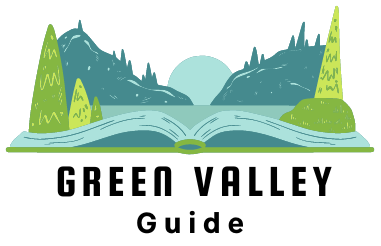
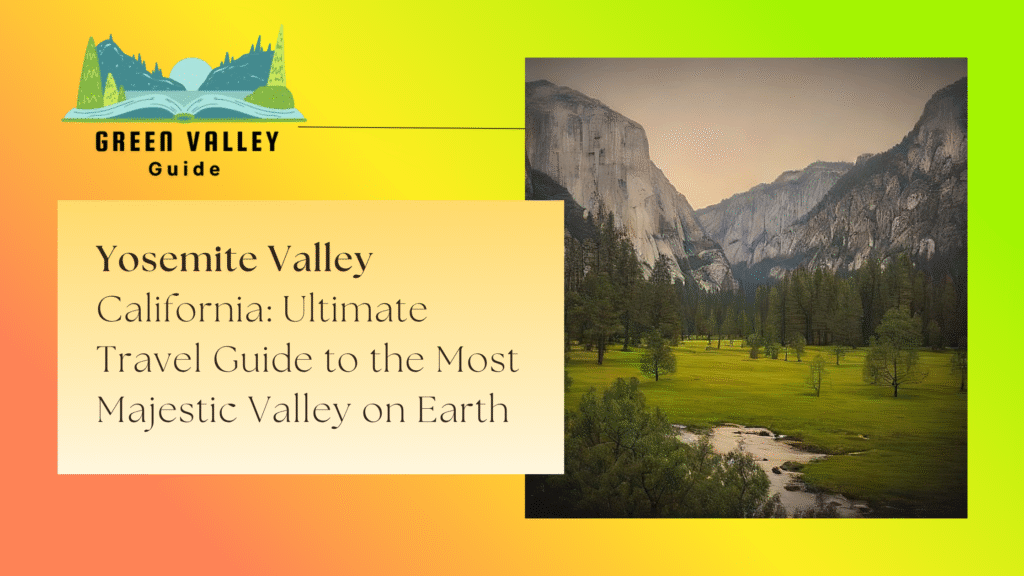
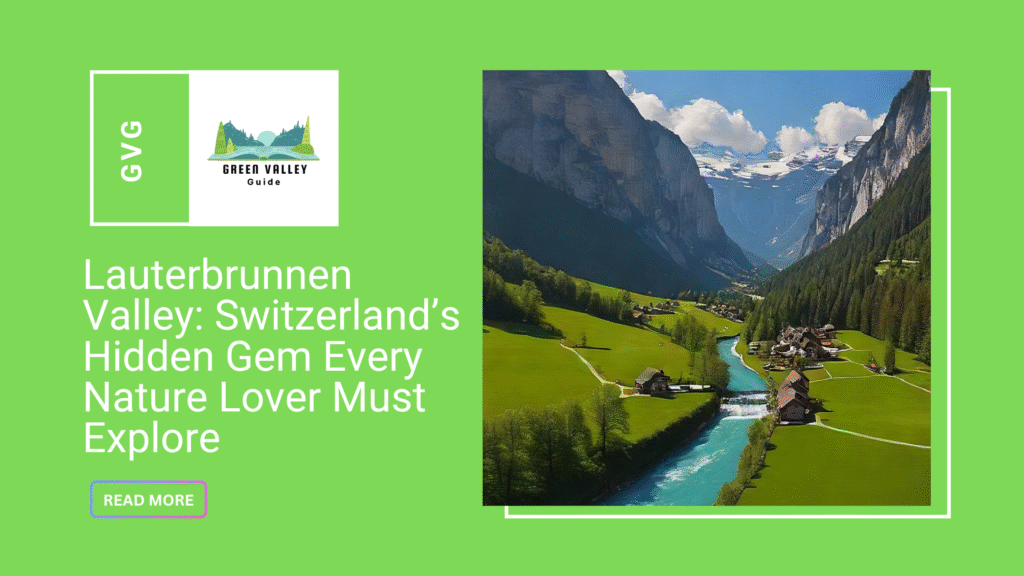
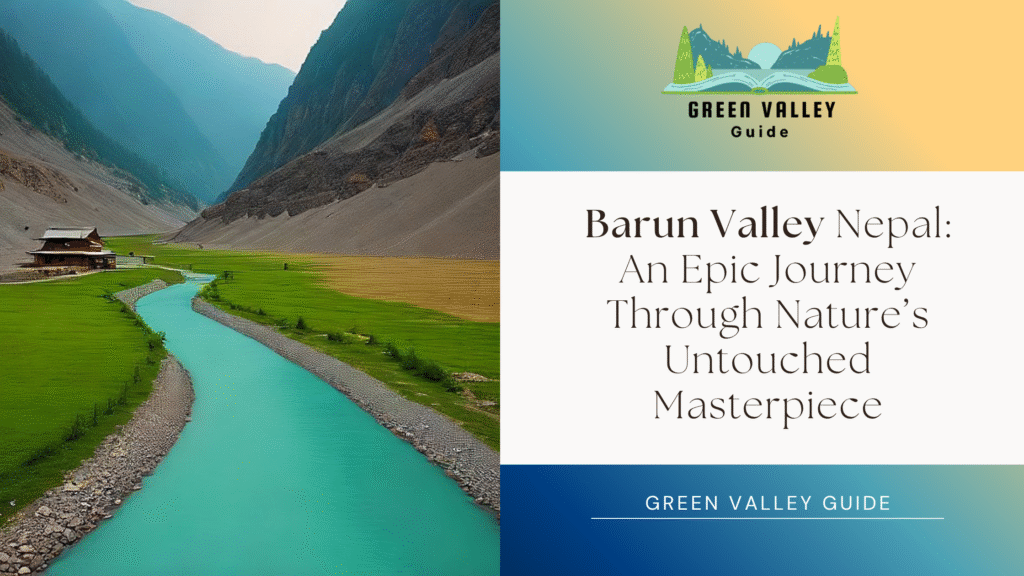
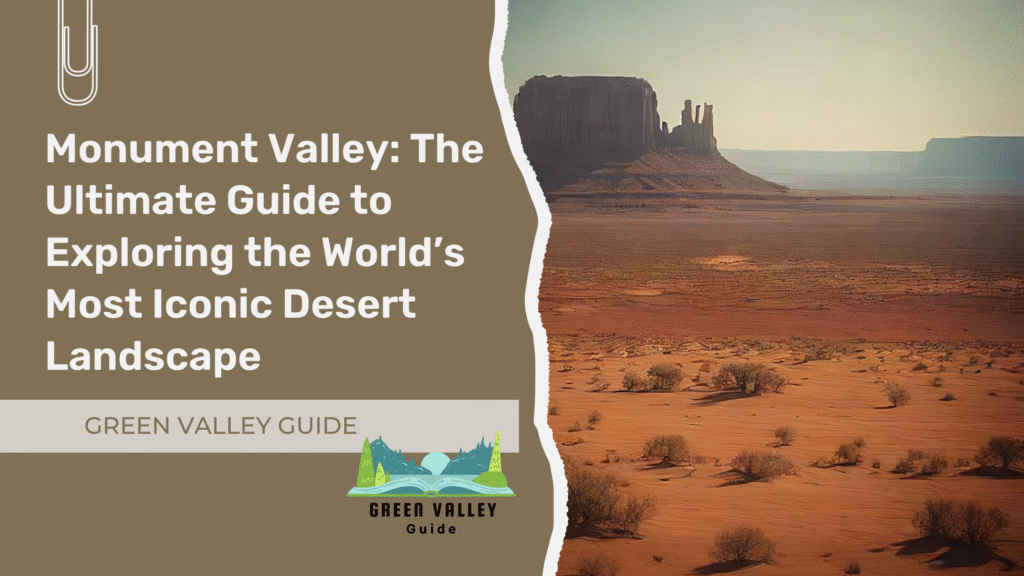
Hidden gem of California!